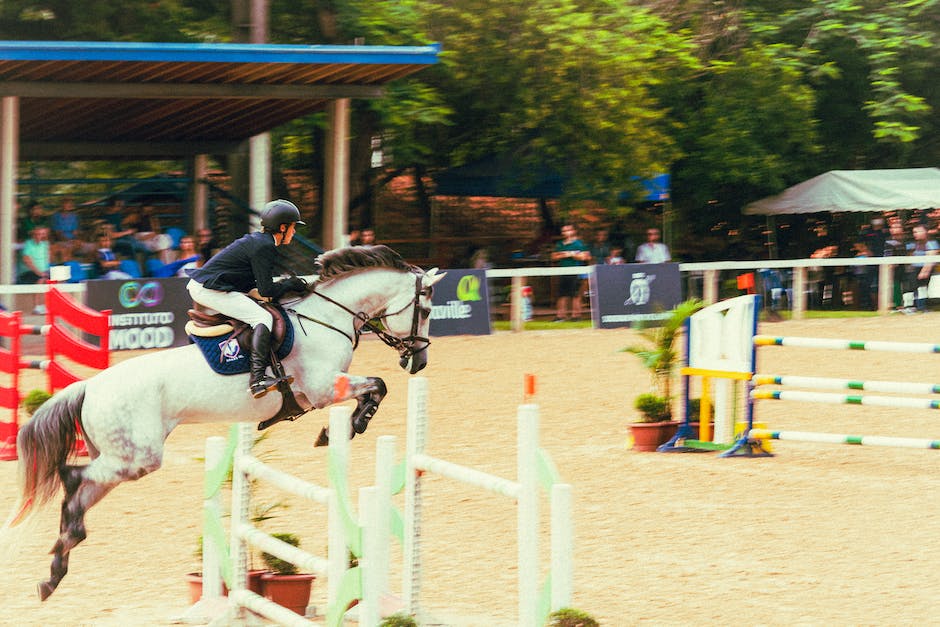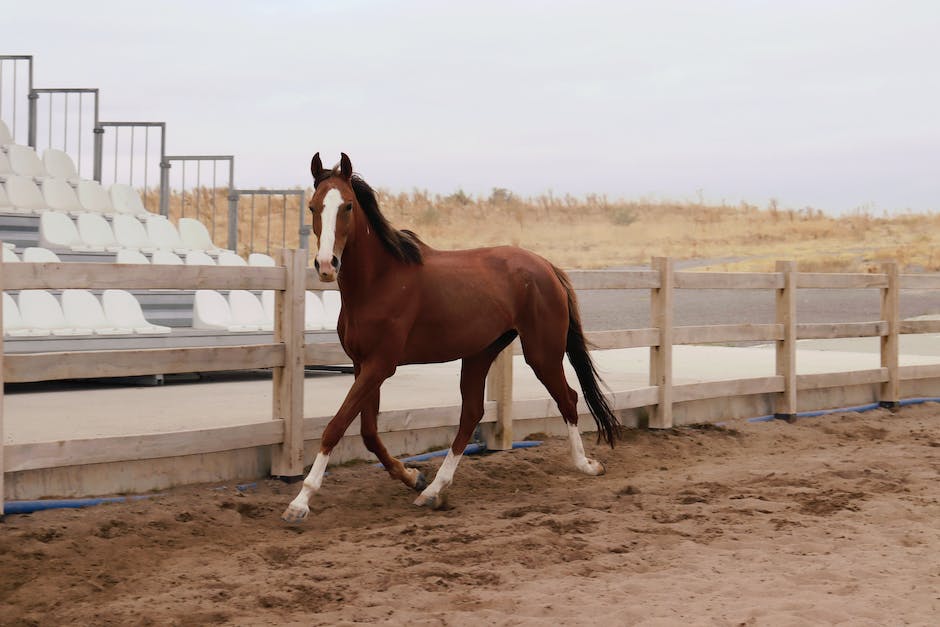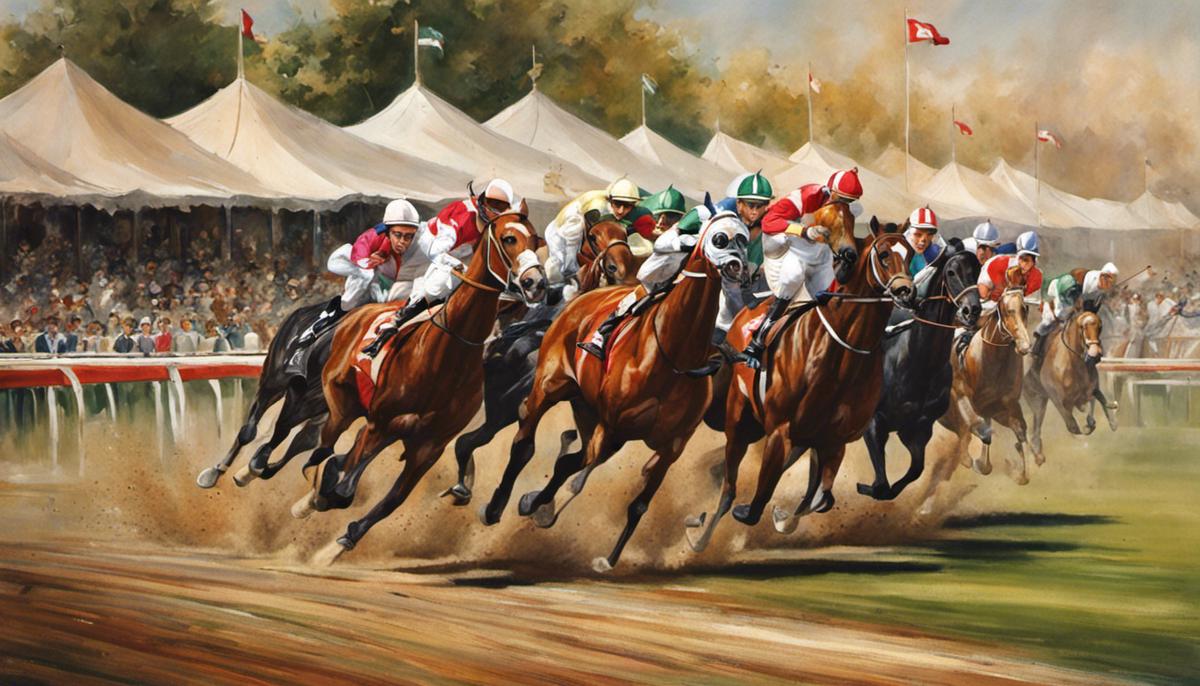A country with a rich equestrian history, Hungary’s passion for horse racing is woven intricately into the fabric of its society. Hungary’s unique geographical location and deeply engrained cultural traditions have helped shape the distinct landscape of horse racing in the country. This overview investigates the historical development of horse racing in Hungary, magnifying the lens on the impactful periods, key events, and notable personalities instrumental in the rise of this cherished sport. Beyond history, it descends into the realm of Hungarian thoroughbreds – exploring the famous horse breeds central to racing, their nurturing, and training paradigms. Prominent Hungarian racecourses and their significant races find special attention, their unique features, history, and traditions coming under focus. The current state of Hungarian horse racing, marked by seminal events, significant individuals, and illustrious racehorses, captures the situation as it stands today, addressing contemporary challenges and likely future directions. Finally, the pervasiveness of horse racing in Hungarian society is considered, investigating its cultural, economic, and societal implications, including its influential role in traditions, the economic advantages it offers and its attraction for tourists.
Table of Contents (Horspedia)
History of Hungarian Horse Racing
The Beginning: Horse Racing Slips into Hungary’s Fabric
Horse racing has a long history in Hungary, tracing its origins back to the Magyar tribes who inhabited the Carpathian Basin, the area now known as Hungary, in the 9th century AD. These tribesmen were renowned horsemen, who made good use of their skills in hunting and warfare. Over time, these traditions developed into organized horse racing, with records of equine contests dating as far back as the 14th century. It was during the reign of King Matthias Corvinus (1458–1490) that horse racing began to flourish in Hungarian culture, becoming a popular form of public entertainment and a preferred method of determining the strongest horses for battle.
17th Century: Austrian Influence and the Expansion of Horse Racing
In the 17th century, Austrian influence led to the establishment of formal horse racing. The Habsburg monarchy, ruling over both Austria and Hungary, admired equestrian sports and recognized them as significant military, economic, and recreational activities. The Austrians established the first racetracks and brought modern horse racing rules to Hungary. This period marked the development of an organized horse-breeding program aimed at improving the quality of horses used in races.
19th Century: The Golden Age of Hungarian Horse Racing
The 19th century is regarded as the golden age of Hungarian horse racing. The impact of the Agrarian Revolution significantly contributed to the prosperity of the industry. Numerous Hungarian noblemen with vast lands established professional stud farms, breeding high-quality racehorses. Most notably, Count István Széchenyi, a key figure in Hungarian history, established the Hungarian National Riding School and supported the improvement of Hungarian racetracks.
The Kincsem Phenomenon
In the late 19th century, Kincsem, a Hungarian Thoroughbred racehorse, earned international fame. Kincsem was undefeated in 54 races across Europe, and her victories sparked a surge in interest in Hungarian horse racing. To this day, Kincsem’s legacy has left an indelible mark on Hungarian horse racing, with her name synonymous with superior horse carrying abilities and invincibility on the track.
20th Century: Challenges and Revival
The turmoil of the two World Wars and subsequent political changes in the 20th century brought significant challenges to Hungarian horse racing industry. The nationalization of stud farms during the Communist era led to a decline in both horse quality and the popularity of the sport. However, the late 20th and early 21st centuries have seen a steady revival of the sport, with efforts aimed at restructuring the horse racing industry, improving the quality of horses bred in Hungary, and the modernization of racetracks, including the historic Kincsem Park in Budapest.
Today’s Perspective: Hungarian Horse Racing
In current times, horse racing in Hungary is a well-conducted sport experiencing a surge in popularity. It can be seen through the consistently rising audience turnout at the races and the increasing significance of the Hungarian Derby. Steps are being taken to enhance interest, as well as draw more attention from a global audience, by hosting international racing events and fostering the growth of competitive breeding and racing standards.

Popular Horse Breeds in Hungary
The Hungarian Thoroughbred: Distinctly Superior
The fame of Hungary’s impressive horse racing industry is further supported by the high-caliber of its thoroughbred horses. Two breeds that have created a significant place for themselves in the racing world are the Hungarian Warmblood and the Nonius Horse. The Hungarian Warmblood is celebrated for its quickness, stamina, agility, and adaptability – traits that have enabled the breed to excel in a broad spectrum of equestrian sports, including racing. In a similar vein, the Nonius breed, which was developed over two hundred years ago, is distinguished by its sturdy build, endurance, and calm demeanor, making it a suitable choice for both racing and carriage driving.
Breeding and Raising: The Backbone of Hungarian Horse Racing
Hungary’s success in horse racing can be traced back to the meticulous breeding and rearing of these animals. Breeding of these specialized horses is typically centered around improving their performances in racing. Selective breeding techniques are implemented to enhance desirable traits — such as speed, endurance, agility, and temperament — and diminish less desirable ones. Keeping a detailed lineage record helps in pairing the best stallions and mares, ensuring a high-quality progeny.
Rearing of these horses sees equal attention to detail. From an early age, they are exposed to appropriate training and nutrition, which aids in their overall growth and performance enhancement. Their diet is rich in protein, essential vitamins, minerals, and fiber to ensure their health and vigor.
Training Techniques: Balancing Strength and Stamina
Hungary’s thriving horse racing scene owes much of its success to the unique training techniques implemented. Horses are started with basic groundwork, wherein they learn obedience and responsiveness to cues. Then they move on to more advanced workouts that build their strength, speed, and endurance. Interval training — short bursts of high-intensity exercise followed by periods of low-intensity work or rest — is a common practice. The idea is to simulate the conditions of a race and prepare the horse for the energy it needs to sprint towards the finish line.
Education and Horse Racing: Tying the Knot
Education plays a pivotal role in elevating the quality of Hungarian horse racing. Hungary offers numerous courses in equine studies, equine management, and animal science, enabling individuals to gain in-depth knowledge about horse care, breeding, and training. Many of these courses focus specifically on horse racing, giving students insights into racehorse conditioning, nutrition, injury prevention, and rehabilitation. It is this specialized education that drives the breeding, rearing, and training practices of the industry, leading to the successes encompassed by the impressive Hungarian horse racing scene.
Summarily, the Hungarian horse racing industry is characterized by its top-tier thoroughbred horses, careful breeding, proper upbringing, advanced training methods, and an extensive educational framework. These elements combine to uphold and enhance the country’s racing standards, bolstering Hungary’s renowned equestrian tradition.

Prominent Hungarian Racecourses and Races
Renowned Hungarian Racecourses and Races
Horse racing in Hungary has long been a part of national tradition, with numerous notable racecourses spread throughout the country. One such place is Kincsem Park, set in the bustling metropolis of Budapest. The park, named after the famous racehorse Kincsem, has drawn horse racing aficionados nationwide since it was built in 1925.
Unique in its setup, Kincsem Park features a right-handed, flat dirt track that spans roughly 1.8 kilometers in circumference. One exclusive element of Kincsem Park is its system of floodlights, a boon for fans of evening races, which is a standout feature in Hungarian horse racing. This esteemed course regularly hosts the nation’s most prestigious horse racing competitions, such as the Hungarian Derby and the Kincsem Prize. Besides being major sports events, these races also serve as posh social gatherings characterized by traditional dress codes.
Among these competitions, the Hungarian Derby, held annually at Kincsem Park, is arguably Hungary’s flagship horse race. This event, which draws inspiration from the English Epsom Derby, has been a staple since 1921. The race typically takes place in July, testing the speed and stamina of three-year-old thoroughbreds over the course of a mile.
Understanding Hungarian Horse Racing: Culture and Tradition
Hungary’s horse racing history and significance are deeply entwined with its national culture and traditions. The sport extends beyond its competitive aspects into a celebration of Hungary’s rich equestrian heritage. One notable event is the Kincsem Prize, named in honor of the Hungarian thoroughbred Kincsem, known for her astonishing record of 54 undefeated races across 19th century Europe. Each year, this event draws the crème de la crème of horse racing, paying tribute to the legendary Kincsem.
Within the rich tapestry of Hungarian equestrian tradition, race days often feature a variety of supplementary activities. This includes colorful horse parades, and vibrant performances of folk music and dance. These add-ons to the main event serve to further promote and honor the depth of Hungary’s equestrian culture.
Furthermore, these horse racing events serve as high-profile social gatherings. The Hungarian aristocracy, renowned for their equine affections, often dress impeccably for these occasions. As a result, these races have become an important component of high societal events, blending sport with glamour and societal traditions.
Overall, Hungarian horse racing embodies a unique mix of sporting prowess, cultural tradition, and social celebration. The prestigious horseracing venues and noteworthy races stand as a testament to Hungary’s deep-rooted love for equestrian activities, highlighting not just the competitive aspect of the sport, but also its historical and societal dimensions.

Current State of Hungarian Horse Racing
Today’s Hungarian Horse Racing Scene
Amid evolving challenges and changing landscapes, Hungary — a nation with a profound equestrian legacy — has managed to sustain and grow its horse racing scene. The heart of Hungarian horse racing lies at Budapest’s Kincsem Park. This central venue plays host to both flat and harness races, with a rulebook closely mirroring international standards. Other prominent horse racing venues such as Pannonia Racecourse and Albertirló Racecourse play a significant role in the country’s horse racing landscape as well.
Influential Figures and Splendid Racehorses
Hungarian horse racing has been shaped by several influential figures. One of the most significant is István Balogh, the billionaire who played a decisive role in modernizing Kincsem Park, which was named after Kincsem – the most famous and unbeatable Hungarian racehorse of the 19th century. Balogh’s investment has significantly improved the quality of Hungarian races and brought them to an international level.
Today, there are many up-and-coming Hungarian racehorses that are gaining recognition. Horses like Overdose, also known as the Budapest Bullet, have put Hungarian racing back on the European map. Born in 2005, Overdose had an undefeated direct race record until a minor injury resulted in a temporary halt in his career in 2010.
Contemporary Challenges
Despite a surge in participation and interest, Hungarian horse racing is not without its challenges. Financial difficulties are a major setback as the sport requires hefty investment but sees minimal returns in the short run. The deficit of horses and shortage of new owners are other issues faced by the industry. There is a need to enhance the quality of breeding and training to compete on an international level. Furthermore, the betting industry, which greatly supports horse racing economically, is still in its infancy in Hungary.
Potential Future Trends
The future of Hungarian horse racing, though faced with challenges, looks promising as it adapts to contemporary trends. Online live streaming of races and online betting provides the potential to engage a new, younger demographic and boost the sport’s economic prospects. There’s also a growing emphasis on breeding and training quality racehorses domestically to reduce dependence on foreign stock.
Hungarian horse racing is also leaning towards diversification. Touristic horse programs, equestrian sports and horse shows may add alternative revenue streams and increase international awareness of Hungary’s horse racing sector.
Hungary’s horse racing scene is an interesting blend of rich equestrian tradition and evolving industry dynamics, making it a unique player in the global arena of this sport.

Impact and Significance of Horse Racing in Hungarian Society
Horse Racing: An Integral Part of Hungarian Cultural Heritage
In Hungary, horse racing, or lóverseny, is far more than a sport. Its roots stretch back to the 19th-century era of the Austro-Hungarian Empire and it holds significant national and historical importance. The sport is not just an entertaining spectacle but a symbol of Hungarian identity. Important events like the Hungarian Derby and the Budapest Grand Prix help to affirm the sport’s central position in Hungary’s contemporary society. The Magyar, the major ethnic group in Hungary, have long had a strong affinity with horses. Thus, horse racing in Hungary is not merely competition but a proud display of national heritage.
Economic Impact of Horse Racing in Hungary
The horse racing industry also plays a significant economic role in Hungary. This lucrative sector provides jobs, generates revenue from betting, and cultivates agricultural opportunities. Horse breeding and training are prominent activities, directly linked to the racing industry. With Hungarian horses renowned worldwide, the trade of thoroughbreds contributes largely to the national economy. Simultaneously, the betting associated with the sport draws a considerable amount of revenue, regulated by the government.
Horse Racing and Tourism in Hungary
Horse racing significantly contributes to Hungarian tourism, attracting thousands of international visitors annually. The Kincsem Park in Budapest, named after the world’s most successful racehorse, is a primary tourist magnet. Racing events are major spectacles in Hungary, complete with entertainment, food, and traditional performances, drawing global visitors and influencing hotel, restaurant, and local business community profits.
Horse Racing’s Social Impact
On a social level, horse racing brings about a sense of community and shared traditions. It offers an opportunity for social cohesion, uniting people from different regions, backgrounds, and occupations under one common interest. Moreover, horse racing also promotes rural development by boosting regional economies and sustaining rural populations, contributing to the balance of urban and rural growth.
Horse Racing and Environmental Stewardship
Being a part of the broader equestrian domain, horse racing in Hungary also has a considerable impact on environmental stewardship. The industry contributes to landscape preservation, as wide portions of rural land are maintained for horse breeding and racing. This stewardship aids in biodiversity preservation and reinforces the practice of sustainable agriculture associated with equestrian activities.

Undeniably, horse racing imparts a vibrant stroke on the rich canvas of Hungarian culture. It not only stands as a link to Hungary’s illustrious past—highlighting key historical events, personalities and periods—but also serves as an increasingly vital component of the Hungarian economy, tourism and society at large. Through racecourses known for their unique characteristics and prestigious races, and famous breeds of thoroughbreds that echo the expertise in rearing and training them, Hungarian horse racing shines as both a cultural hallmark and a thriving sport. Surveying the current state of horse racing and its future potentials unveils the ever-evolving mosaic of this sport in the country, revealing its stimulating blend of tradition and innovation. Whether through economic vitality, societal impact, or cultural significance, it’s clear that the footprints of horse racing in Hungary stretch far beyond the racetrack.

